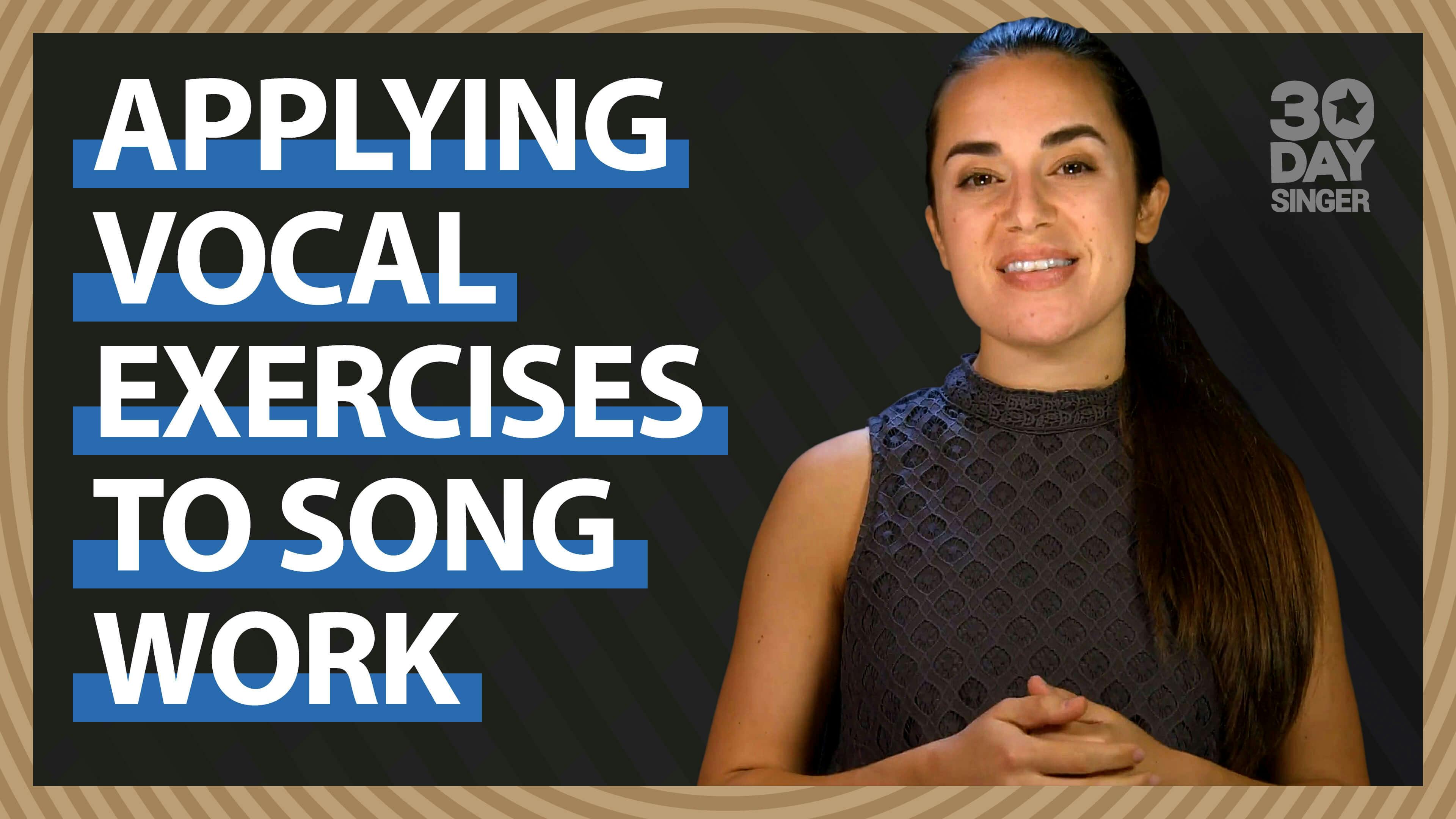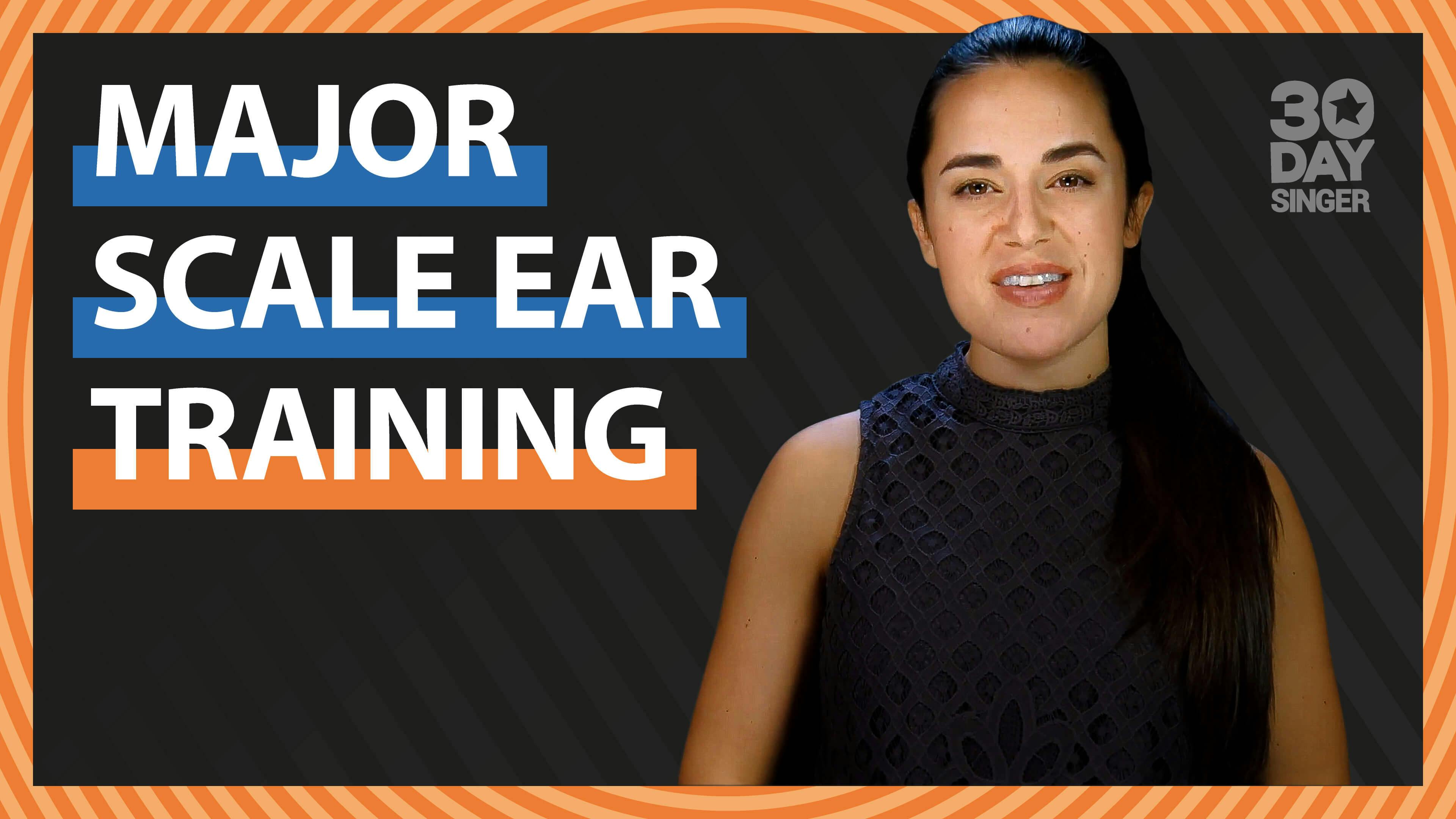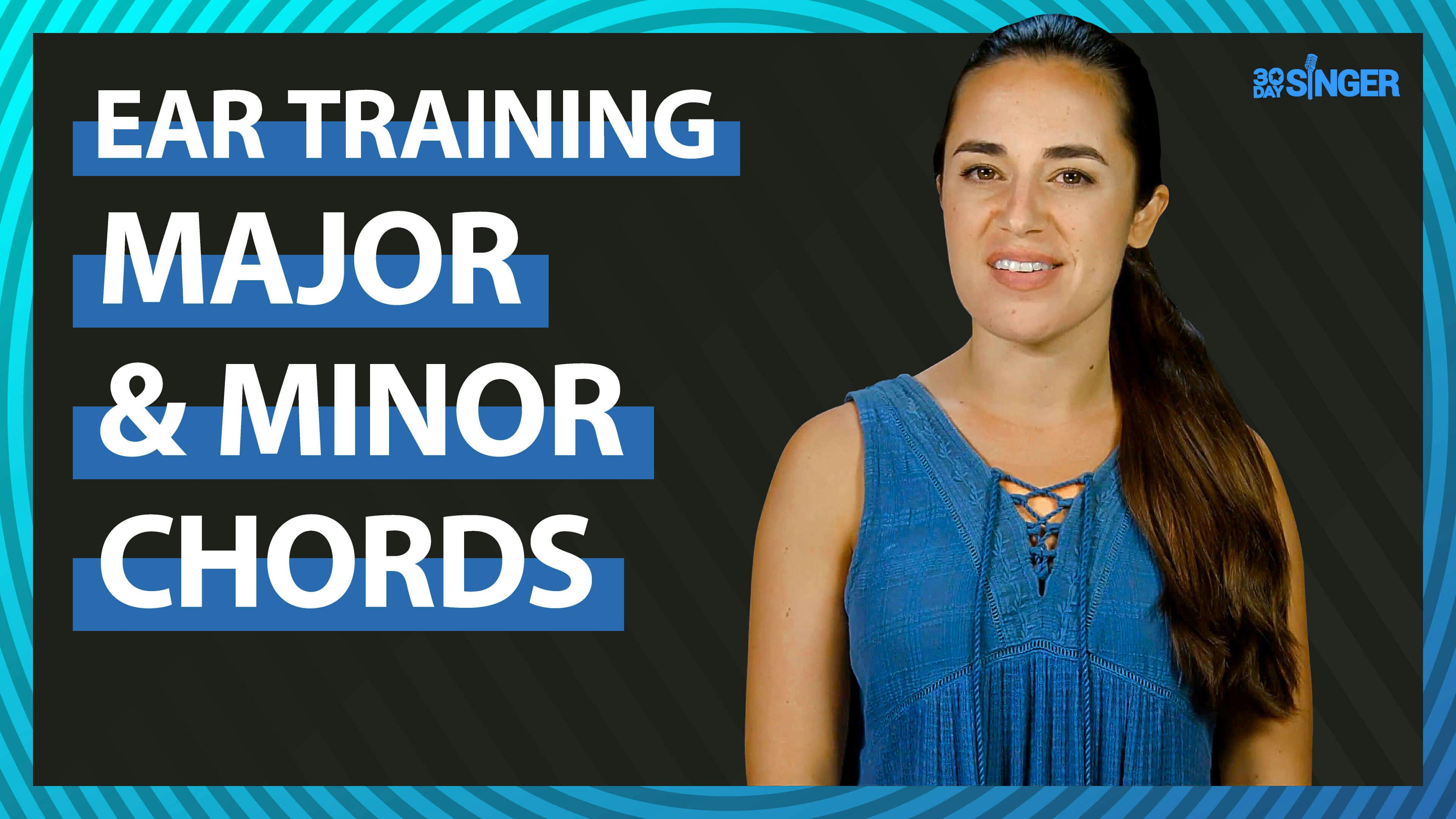Vocal Technique
Welcome to the Vocal Technique section of 30 Day Singer. These lessons focus on developing key singing techniques like vibrato, belting, singing higher or lower, breath control and much more. We offer guidance on how to learn these techniques and perfect them so you can perform with confidence. Some of these techniques are introduced in our beginner courses so if you need more time and focus on a particular area, these lessons come in very handy. You can bounce between these lessons freely or use a set combination of these lessons as part of your daily practice routine to monitor progress.
TUTORIALS
Rhythm For Beginners
By Camille van NiekerkEvery melody, every single note in fact, has both pitch and rhythm. Pitch is the highness or lowness of a note, and rhythm is the duration of the note, or how long you hold it for. If you’re a beginning singer or you’ve been singing for a while but don’t feel that you have a natural sense of rhythm, watch Camille's lesson series: Rhythm for beginners!
Applying Vocal Exercises To Song Work
By Camille van NiekerkMany singers have a hard time making the leap from vocal exercises to singing real songs. This lesson series will teach you exactly how Camille applies vocal exercises to song work, and how you can do the same!
Fixing Common Issues With Tone
By Camille van NiekerkDo you dislike the sound of your singing voice? If so, we promise you’re not alone! Join Camille for a lesson series: fixing common issues with tone.
Major Scale Ear Training
By Camille van NiekerkThe major scale is the foundation of so many popular songs in Western music. Go deeper in your understanding and familiarity with this scale in Camille's tutorial on major scale ear training.
Diminished and Augmented Chords
By Camille van NiekerkAre you looking for a fun challenge? Then join Camille for a tutorial on diminished and augmented chords! Learning to sing and recognize all kinds of chord qualities will help you sing in tune and train your ears to harmonize!
Ear training: Major & minor chords
By Camille van NiekerkMajor and minor chords make up so much of the music we hear! Learning to both recognize and sing major and minor arpeggios will help you sing in tune, eventually build harmonies, and understand the structure of your favorite songs. Join Camille for a fun, interactive lesson series on major and minor chords!
Mixed Voice 101
By Camille van NiekerkJoin Camille to learn the holy grail technique, mixed voice! Tune in as she breaks down this topic, and guides you in finding your personal mixed voice.
Vowel And Vowel Modification
By Camille van NiekerkWe all want to sing with with more ease, and a clear and beautiful tone. One way to achieve this is through vowel modification. Join Camille in this lesson as she provides an overview on singing vowels and vowel modification.
Head Voice And Falsetto For Male Singer
By Camille van NiekerkEven if you don’t plan to sing a lot of songs that use head voice, you still need to work on that function to sing with greater ease and flexibility, to extend your range, and to develop a powerful, healthy mix. Join Camille in this lesson series on head voice & falsetto for male singers!
How To Sing In Tune For Beginners Part 2
By Camille van NiekerkAre you ready to advance your knowledge and skill for singing in tune? If so, then check out How To Sing In Tune For Beginners Part 2! This lesson will cover stepwise patterns, arpeggios, and warmups that change keys. See you there!
Frequently Asked Questions
Some great vocal warmups for singers start with gentle humming or lip trills to relax and engage your vocal cords without straining them. Then, work through some scales to gradually increase your pitch range and get your voice fully warmed up.
For a quick 5 minutes vocal warm up, try some lip trills or gentle humming for a couple of minutes. It’s effective and quickly preps your vocal cords for singing or speaking without overdoing it.
When your voice is sick, keep singing warmups light and gentle—like humming or low, quiet scales. Also, drink lots of warm fluids and rest your voice as much as possible.
Start with some light humming, followed by a few pitch glides (from low to high sounds) to get your voice comfortable. Finish with a few tongue and lip trills to help with articulation.
Two good vocal warm ups are humming and lip trills. These are super effective and easy vocal warm-ups that gently activate your vocal cords without causing strain. Both are great for starting any vocal exercise.
Breathing exercises and resonance drills, like humming and vocal slides, improve the quality and projection of your speaking voice. They help develop control and clarity, making your voice sound more confident.
Hydrate regularly, practice breathing exercises, and do daily warm-ups. Consistency with these habits will help your voice sound smoother and stronger over time.
To strengthen a weak speaking voice, practice deep breathing and speak from your diaphragm to add power. Also, try projection exercises like speaking in front of a mirror to boost confidence and clarity.
Focus on articulation exercises, like tongue twisters, and practice controlling your breath to avoid running out mid-sentence. Over time, these will improve clarity and help you speak with ease.
The four vocal function exercises are sustained phonation (holding a sound steadily), pitch glides (sliding between notes), lip trills, and staccato sounds on different pitches. They work together to strengthen and balance your vocal cords.












